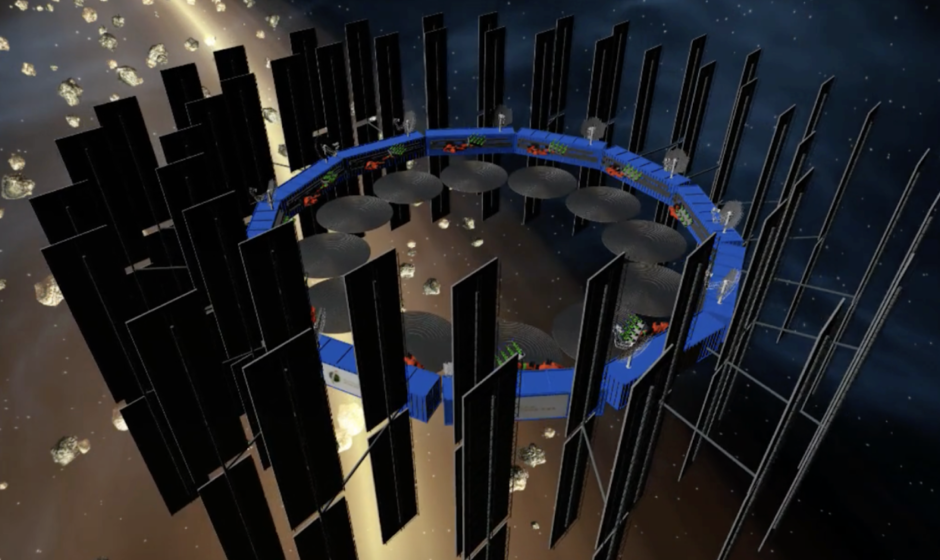The concept of using solar panels in space to beam clean energy down to Earth may sound far-fetched, but the technology to make it happen is already available. The challenge lies in scaling up the systems and making them durable enough for space. However, recent developments suggest that the US Space Force may play a role in advancing space solar technologies.
Research teams from the US, China, and the UK are actively exploring the potential of space solar. The main attraction of space solar is the ability to generate 24/7 solar power at a multi-gigawatt scale, regardless of weather conditions. This has significant implications for both military and civilian applications.
The US Department of Defense has already started incorporating solar arrays and energy storage to enhance the resilience and security of its facilities and operations. Access to solar energy from space could further strengthen these efforts. Moreover, space solar arrays would bypass the land use issues associated with Earth-bound solar development.
Despite the physical hazards of the space environment, solar arrays in space would not be vulnerable to damage from natural disasters or other risks that Earth-based solar installations face.
Two innovative approaches to space solar are worth mentioning. The California Institute of Technology has proposed a compact solar module that integrates solar harvesting, conversion to radio frequency, and a built-in antenna. This design aims to reduce costs and simplify the deployment of solar panels in space. On the other hand, the Michigan startup Virtus Solis is developing an open-source model for testing large, centralized antennas in space.
To support these advancements, the US Space Force has awarded contracts to companies like Orbital Composites. Orbital is developing its patented “quantum antenna” and in-space fabrication tools for secure communications in space. The company plans to use 3D printing in space to fabricate larger and more complex designs, ultimately reducing costs.
Virtus Solis and Orbital Composites are reportedly collaborating on a space solar pilot project, which is expected to be operational by 2027. This project aims to demonstrate the assembly of solar panels in space and the transmission of over one kilowatt of power to Earth. It is considered a precursor to large-scale commercial space solar installations by 2030.
While Orbital’s press release does not explicitly mention space solar, it aligns with the US Air Force’s focus on space-based solar power. The Air Force’s SSPIDR program aims to develop space-based solar power collection and transmission capabilities. The program could revolutionize military operations by providing uninterrupted and logistically agile power to forward operating bases.
In addition to military applications, space solar has the potential to become a widely used technology, similar to GPS. It could provide a reliable and renewable energy source for various applications, including grid-connected customers, data centers, green hydrogen generation, and desalination.
While space solar may not be readily available for consumer use, the progress being made in this field is promising. As technology advances, the potential for space solar to revolutionize the energy industry becomes increasingly apparent.




